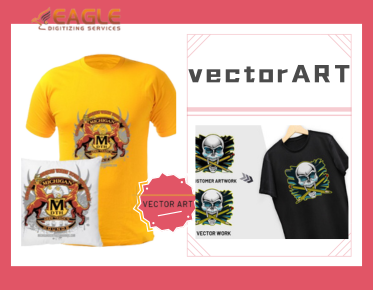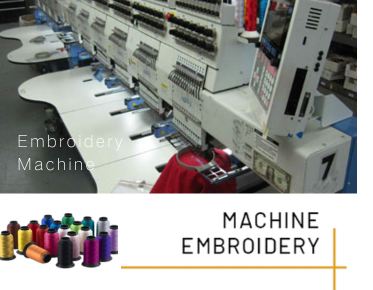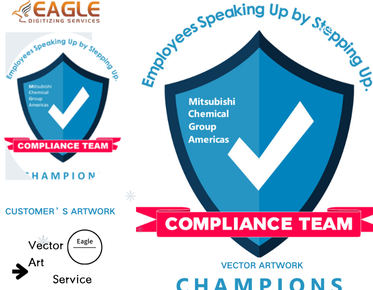How to Convert a PNG to a Vector in Illustrator?
One of the most common tasks in graphic design is the conversion of raster images (such as PNGs) to vector formats. Vectors are essential for ensuring high-quality, scalable graphics that maintain their detail regardless of resizing. Adobe Illustrator is a widely used tool for this process due to its robust features. Let’s guide you through the steps of converting a PNG to a vector in Illustrator.
Understanding the Basics of Vector and Raster Images
Before diving into the practical steps, it's crucial to understand the difference between raster and vector images. Raster images are made up of pixels, which can become blurry when scaled. Conversely, vectors use mathematical equations and geometric primitives such as points, lines, and curves to define images. This makes them ideal for logos, illustrations, and any graphics that need to be scaled frequently without losing quality.
Step-by-Step Guide to Convert PNG to Vector
Step 1: Open Your PNG in Illustrator
To begin the conversion, open Adobe Illustrator and load your PNG file. Go to 'File' and click on 'Open' to import your image. Ensure the quality of your PNG is as high as possible. High-resolution files yield better results during vectorization.
Step 2: Use the Image Trace Tool
With your PNG file open, select the image with the 'Selection Tool' (V). Navigate to the ‘Window’ menu and choose 'Image Trace'. The Image Trace panel provides several presets that dictate how your image will be traced. For most purposes, the default 'Auto Color' works well, but you can experiment with other presets like 'High Fidelity Photo' or 'Black and White Logo' depending on your needs. The image to vector conversion services can help if you're seeking professional assistance for large or complex tasks.
Step 3: Adjust the Image Trace Settings
Within the Image Trace panel, adjust settings to refine your vector image. Increase ‘Paths’ and ‘Corners’ to make the vector closely follow the lines in your PNG, and modify ‘Noise’ to remove unwanted details. Enable ‘Preview’ to see real-time changes.
Step 4: Expand the Image
Once satisfied with the trace result, click 'Expand' under the ‘Object’ menu. This action converts your traced image into vector paths that can be edited individually. This conversion is essential for any further manipulations and adjustments you wish to perform.
Step 5: Save Your Vector Image
Save your newly created vector by navigating to 'File' > 'Save As'. Choose the vector format you need, like AI, EPS, or SVG. If you plan to use this vector in web or mobile applications, SVG is often the best choice. For those in need of raster to vector services, Eagle Digitizing offers custom solutions perfect for your specific business needs.
Why Use Adobe Illustrator for Vector Conversion?
Adobe Illustrator is considered the gold standard in the industry for several reasons. It offers comprehensive tools and adjustments that ensure your vector images are precise and professional. The software supports a vast range of raster to vector conversion processes, making it versatile for various applications beyond simple image conversions. Whether you operate a print shop or a marketing agency, the seamless integration into workflows offered by Adobe Illustrator is unmatched.
Professional Vector Conversion Services
While Illustrator offers powerful tools, not everyone has the time or expertise to create perfect vectors, especially for intricate designs or high-volume needs. In such scenarios, employing professional services like Eagle Digitizing can be immensely beneficial. They provide dedicated vector conversion services tailored to businesses of all sizes, ensuring high-quality results with a quick turnaround. From vector tracing to image vectorization, they cover all necessary aspects to deliver stunning vector graphics.
Exploring Vector Conversion Beyond Illustrator
If you’re looking for alternatives or supplementary tools for vector conversion, there are numerous other software and online services available, such as Corel Draw, Inkscape, and Vector Magic. Each tool and service comes with its unique features and suitability for different kinds of projects, enabling you to choose based on your specific requirements and preferences. Additionally, online converters offer a fast solution for simple tasks without needing software installation.
The future of vector graphics is dynamic, with increased demand driven by digital and printed media's need for flexible, high-quality images. As technology advances, the capabilities of vector conversion tools and services will continue to expand, bringing better accuracy and efficiency. Enhancing your understanding and expertise in these tools will undoubtedly result in more professional outputs, whether working on personal projects or offering commercial services.



